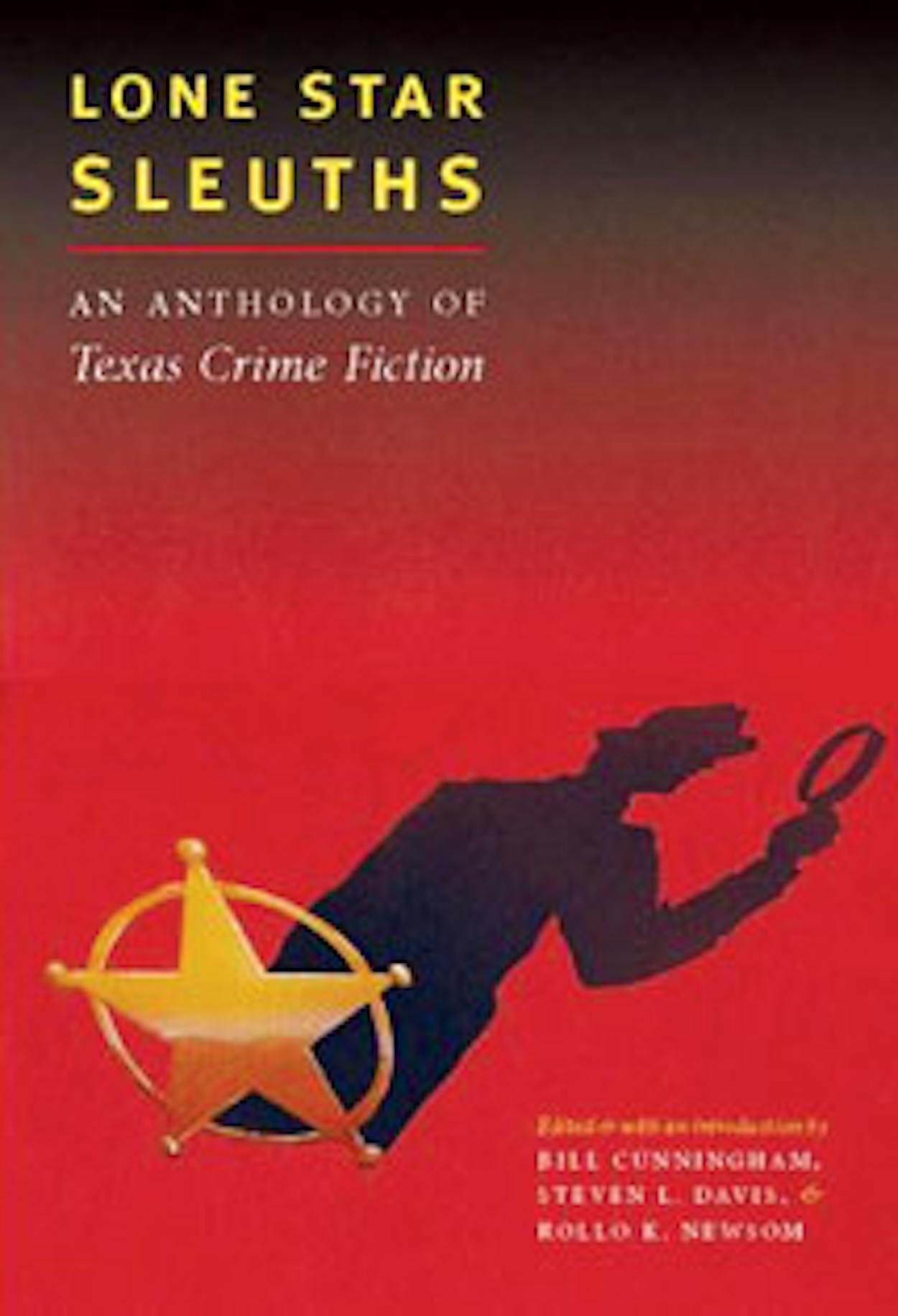How was the seed planted for this anthology?
It began with a 2004 panel discussion on Texas mystery and crime fiction hosted by the Southwestern Writers Collection at Texas State University. The size of the crowd prompted Steve Davis, assistant curator of the collection, to suggest putting a book together with selections from Texas crime writers.
How did the editors define “Texas” or “Texan”?
We wanted to primarily include writers who were Texans or spent significant time here and who could give the reader an awareness of the state’s enormous geographic and cultural diversity.
You include a 1952 excerpt (The Killer Inside Me) from Fort Worth’s Jim Thompson. Was Thompson a dean to this particular school of writers?
Not necessarily to all these writers but certainly those from the noir school of writing, particularly Joe Lansdale. I consider Thompson as significant to American crime fiction as many more recognizable names such as Cornell Woolrich and James M. Cain. He seems to drift in and out of widespread recognition and is overdue for renewed interest; hence we felt his inclusion in this book was very important, as most of the contributors are of a more recent vintage. The Killer Inside Me was included in a collection of American noir of the fifties issued by the prestigious Library of America series in 1995 and is a logical starting point for his work, but it is only the tip of the dark iceberg that is Jim Thompson. My co-editor Steve Davis at the Writers Collection asked me to put in a kind word for “cozies”—the more genteel Murder She Wrote—type mysteries. Since a large share of mystery readers are women who prefer Susan Wittig Alberts’ China Bayles mysteries over David Lindsey’s Houston police procedurals or Lansdale’s East Texas gothics, there are cozies included in this book. (I’m not a male chauvinist on this issue. The Scottish writer Denise Mina is my most recent fave, but she is most definitely not a cozie.)
Is it all blood and mayhem?
No. In addition to the cops and private eyes, there’s room for amateur sleuths such as Susan Wittig Albert’s China Bayles—a Hill Country herb shop owner and part-time detective—as well as stories with chefs, librarians, and bird-watchers as protagonists.
How do you account for the genre’s growing acceptance by the literary and academic communities?
Much crime fiction today uses the genre not only to tell a tale but also to address larger national and social issues. Recent works by some of the nation’s leading crime writers weave their storylines into issues such as social inequality, Homeland Insecurity, and the erosion of civil liberties, war profiteering, and the tragedy of Katrina with more compelling power than some of their mainstream compatriots. Critically recognized but low-selling mainstream writers such as James Lee Burke and James Crumley found larger audiences through writing fiction, raising the bar for other writers. Even the great Cormac McCarthy entered the crime genre with his 2005 No Country For Old Men.
Did the co-editors share common tastes in so-called cozies versus more hard-edged offerings?
I have a decided taste for the darker reaches of mystery such as James Ellroy, Michael Connelly, and Denise Mina. Rollo, one of the state’s leading folklorists, has a more universal taste enjoying the cozies as well as writers such as Crumley, Lansdale, and James Lee Burke. Steve too is an expert on all things Texas and provided a balance between the different varieties of Lone Star crime fiction.
How do the state’s current practitioners of crime fiction stack up against their predecessors in number and in quality?
In numbers, there’s no question that there are vastly more Texas regional crime writers than just a few years ago. That’s true of all regions. In the old days, hardboiled crime novels were usually set in Southern California or the major urban centers of the East and cozies were often set in New England and other quaint getaways. John D. MacDonald’s Travis McGee novels set in Florida in the sixties, along with Tony Hillerman’s New Mexico novels, paved the way for mysteries set in different regions, and James Lee Burke opened the floodgates with his Dave Robicheaux adventures in Cajun Louisiana. As to quality, writers like Lansdale, Susan Wittig Albert, Mary Willis Walker, Rick Riordan, and David Lindsey rank with the best suspense writers in the country. Neal Barrett Jr. should be better known as well, as readers of the excerpt from Interstate Dreams included in this book will hopefully agree. James Crumley, who was born in Live Oak County and now lives in Missoula, Montana, is probably the best of them all, albeit not a prolific writer. At a party at the Writers Collection one evening, I commented to Crumley that I considered his The Last Good Kiss the greatest American private eye novel since Raymond Chandler’s The Long Goodbye. He agreed with me. The Last Good Kiss had the greatest opening line of any book I have ever read: “When I finally caught up with Abraham Trahearne, he was drinking beer with an alcoholic bulldog named Fireball Roberts in a ramshackle joint just outside of Sonoma, California, drinking the heart right out of a fine spring afternoon.” Had that book been set in Texas, you can bet that line would have been included. At least, we were able to include a portion of Bordersnakes, which was set in his native state.
Was there anyone you couldn’t include?
Making the selections was tough, because there were so many deserving writers. The introduction will include the Web address for a bibliography of Texas crime writing prepared by Steve and Rollo. Had we been able to feature every writer, the book would likely have been three times as long.
Does that mean we should look for volume two in the future?
I’m game if Steve and Rollo are.
University of Texas Press, $24.95.







